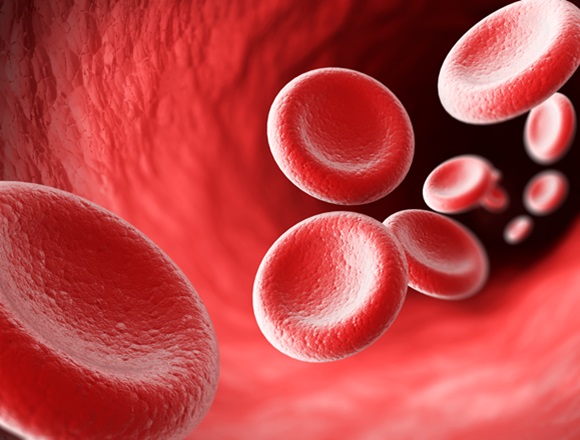References
BALANCE Investigators, for the Canadian Critical Care Trials Group, the Association of Medical Microbiology and Infectious Disease Canada Clinical Research Network, the Australian and New Zealand Intensive Care Society Clinical Trials Group, and the Australasian Society for Infectious Diseases Clinical Research Network; Daneman N, Rishu A, Pinto R, et al. Antibiotic Treatment for 7 versus 14 Days in Patients with Bloodstream Infections. N Engl J Med. 2024 Nov 20. doi: 10.1056/NEJMoa2404991. Epub ahead of print.Background: In patients with bacteremia, early initiation of antibiotic therapy is important to minimize morbidity and mortality, but the duration of treatment is uncertain.
Methods: This study was a multicenter noninferiority trial in which hospitalized patients, including those in the intensive care unit (ICU), with bloodstream infection were randomly allocated to receive antibiotic therapy for 7 or for 14 days. The type, dose, and route of antibiotic therapy were left to the discretion of the treating physician. Patients were excluded if they had severe immunosuppression, infectious foci requiring prolonged treatment, single cultures with possible contaminants, or positive blood cultures for Staphylococcus aureus. The primary outcome was death from any cause by 90 days after diagnosis of the bloodstream infection, with a noninferiority margin of 4 percentage points difference in this outcome.
Results: There were 3608 patients randomized and included in the intention-to-treat analysis. At the time of enrollment, 55.0% of patients were in the ICU and 45.0% were on hospital wards. Infections were acquired in the community (75.4%), hospital wards (13.4%), and ICUs (11.2%). The sources of bacteremia were the urinary tract (42.2%), abdomen (18.8%), lung (13.0%), vascular catheter (6.3%), and skin or soft tissue (5.2%).
At 90 days, mortality was 14.5% (261) in patients receiving antibiotics for 7 days and 16.1% (286) in patients receiving antibiotics for 14 days (difference, −1.6 percentage points [95.7% CI, −4.0 to 0.8]), demonstrating noninferiority of the shorter treatment duration. These findings were consistent across secondary clinical outcomes and across prespecified subgroups defined according to patient, pathogen, and syndrome characteristics.
Conclusions: The authors concluded that among hospitalized patients with bloodstream infection, antibiotic treatment for 7 days was noninferior to treatment for 14 days.
McMaster editors’ commentary: This study aligns with other emerging research showing that shorter durations of antibiotic therapy (≤7 days) are appropriate for patients with uncomplicated nonbacteremic pneumonia, intraabdominal and urinary tract infections, and skin infections. In this study, patients with non–S aureus bacteria had similar mortality if a shorter duration of antibiotics was administered. Although not investigated, this “less is more” approach may have additional potential benefits, including reduced healthcare costs, fewer Clostridioides difficile infections, and less development of antibiotic resistance.
 English
English
 Español
Español
 українська
українська










